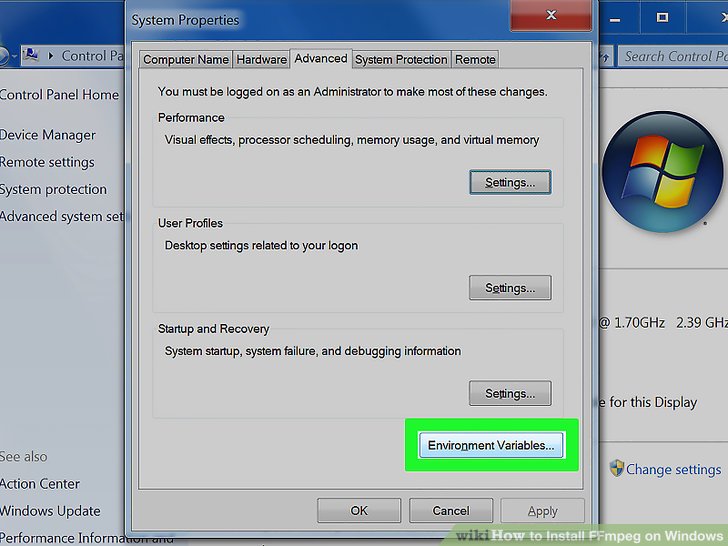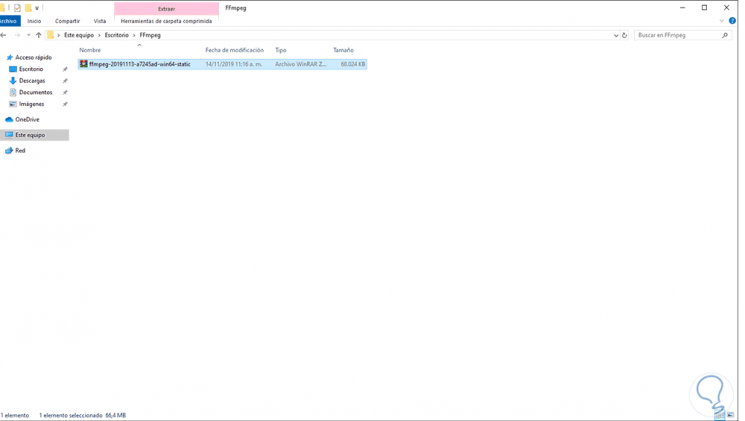

REM jpeg (screenshots taken at different intervals scaled if necessary to 720px height) "c:\program files\ffmpeg\bin\ffmpeg.exe" -i % 1 -c:v libvpx-vp9 -crf 20 -b:v 0 -c:a libvorbis " % ~n1.webm" Open up a plain text editor (Notepad is fine) and copy in the following text: Extract the included folder into C:\Program Files\ and then navigate to that location and rename the folder to simply “ ffmpeg“. Grab the STATIC Windows download (most likely 64-bit).

There hasn’t be a defacto winner when it comes to encoding, though Miro Converter has come close. H.264 is easy because it’s been a standard for a long time (I personally use HandBrake), but WebM is quite a bit more difficult.

To do that, you’ll want to make two encodings of your videos: WebM (Google backed) and H.264 (current standard). However, if you want to embed video on your own site without YouTube you want to make use of HTML5’s video element. If you want to put video on the web, you’ll probably just going to upload it to YouTube and use their embed code.


 0 kommentar(er)
0 kommentar(er)
